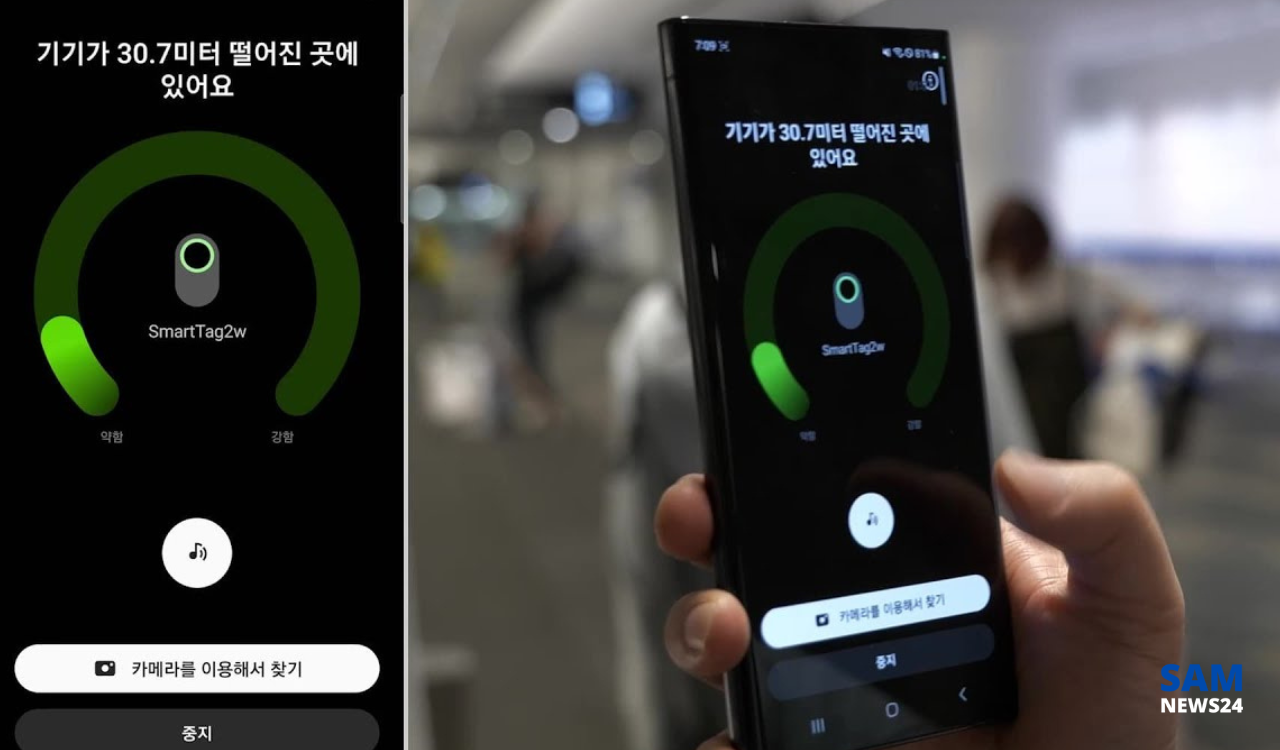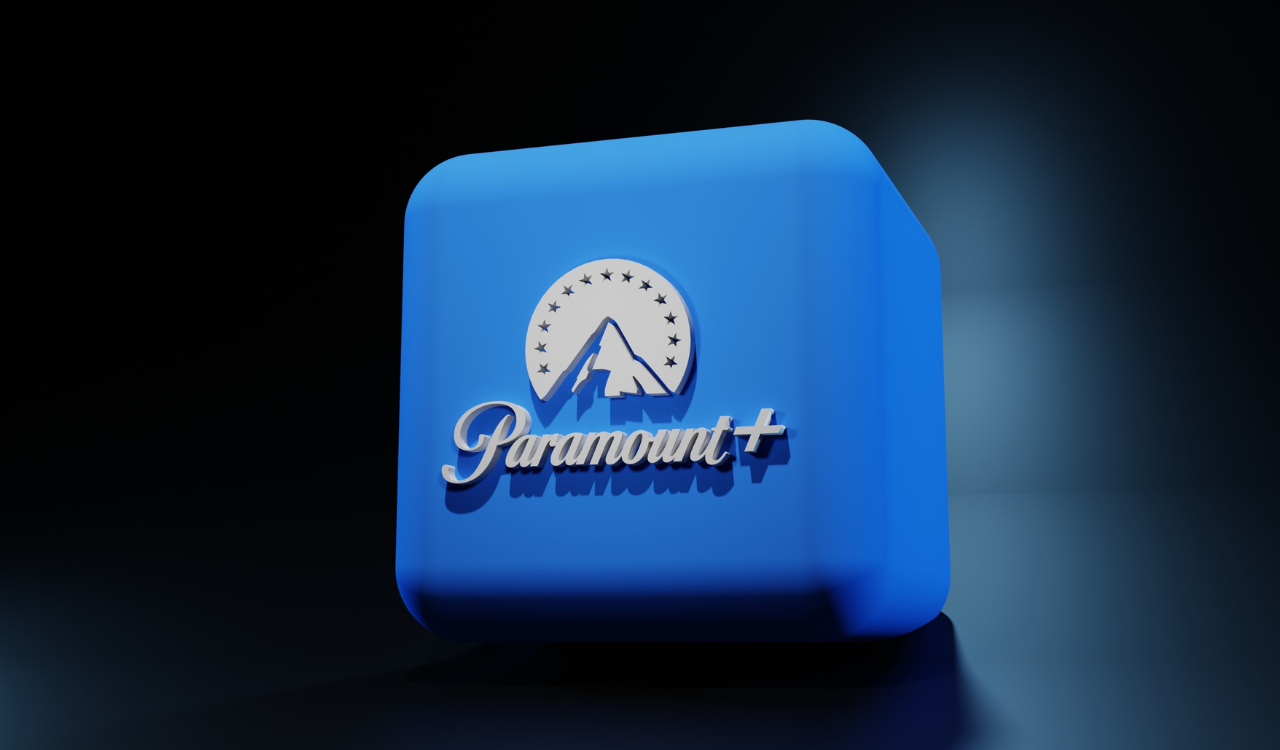As we continuously tend to listen to the news coming from various sources in the last few days about the seamlessly decline in DRAM and NAND prices. This decline tends to face since Q3 of last year and the reason behind it is the decline in IT demand. To overcome this decline, the industry takes a push to come up with special deals. And that’s drastically reducing the prices will not work because of demand uncertainty.
Therefore, the memory semiconductor market such as DRAM and NAND Flash has now entered the decline phase due to a fall in the overall IT demand. To take over the same, the decline in product prices began last year. It is predicted to continue into the fourth quarter as well of this year. And as per the news, this reduction in pricing as a part of a ‘special deal’ would reduce the product pricing to a great extent. But at the same time, it does not give a benefit at the moment.
As per the recent info coming from the source, the memory semiconductor market is under high pressure to lower prices due to an increase in overall inventory. While the decrease in demand from the customers, and it creates two-way pressure on suppliers.
Talking about two axes of memory semiconductors, DRAM and NAND Flash. there has been a constantly decreasing in prices since Q3 of last year. Specifically, for DRAM, the fixed trading price peaked at $4.1 in July last year, then fell to $3.71 in October and $3.41 in January this year. While in July of this year, the unit price of $3 has a faint at $2.88. Whereas, the NAND Flash also at their peaked at $4.81 in July last year. Although it is continuously on the rise, falling to $4.67 in June this year.
Causes for decline
The reason for the decline in the price of DRAM and NAND Flash comes from an ‘oversupply’. And concurrently followed by the slowdown in IT demand growth due to the global pandemic scenario. Simultaneously, with the Russian-Ukra war, inflation and the deepening supply of raw materials, global consumer sentiment is rapidly diminishing this year. And all these make the majority of semiconductor customers effectively lower their order volume.
In contrast, the suppliers on the other hand seem to continue to grow their memory semiconductor production capacity. The South Korean subsidiary Samsung Electronics is on the top in the memory semiconductor market. The company invested 21.7341 trillion won in equipment investment in the first half of this year. On the other hand, China’s Xi’an 2 factory and Pyeongtaek P3’s NAND flash mass production line were also carried on with their operational efficiency. In addition to this, SK Hynix invested 10.414 trillion won. And that’s an increase of 39% over the previous year.
However, as the demand and supply gap increase, that becomes the subject of worry for semiconductor suppliers. Both the giants, Samsung Electronics and SK Hynix are experiencing various strategies to secure profitability. It includes reducing costs through supply control while developing best-end process technologies and simultaneously expanding the proportion of high-value products.
![]()


























